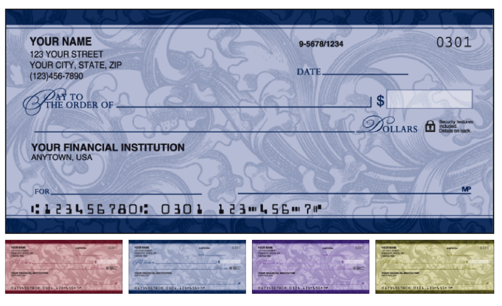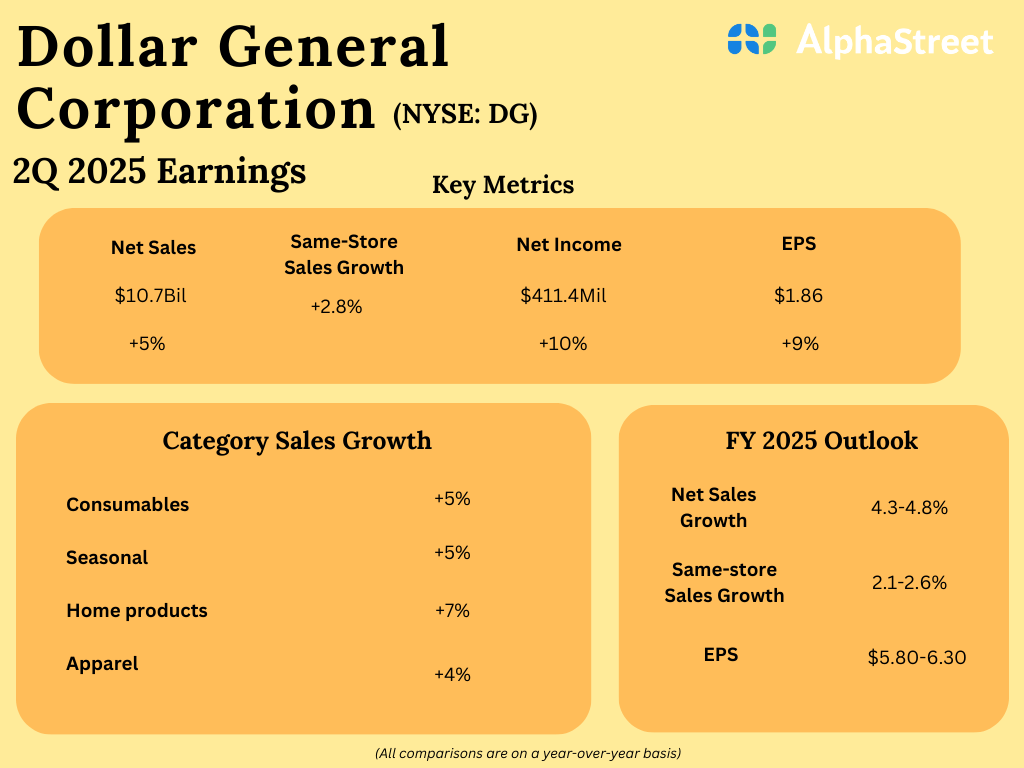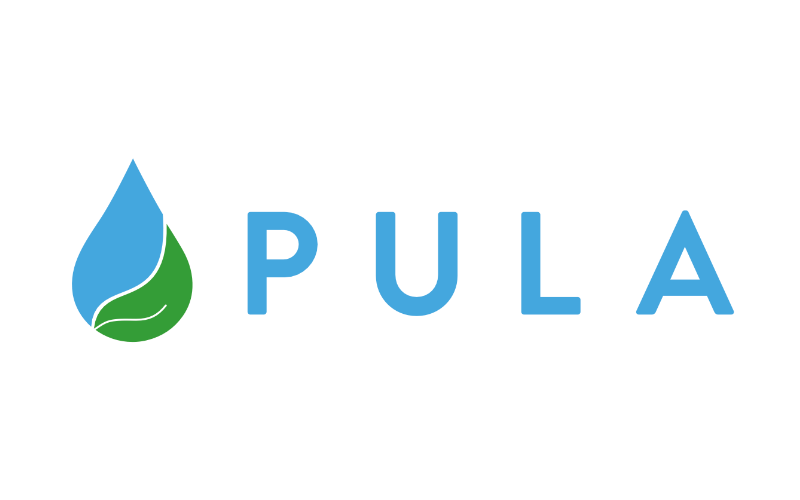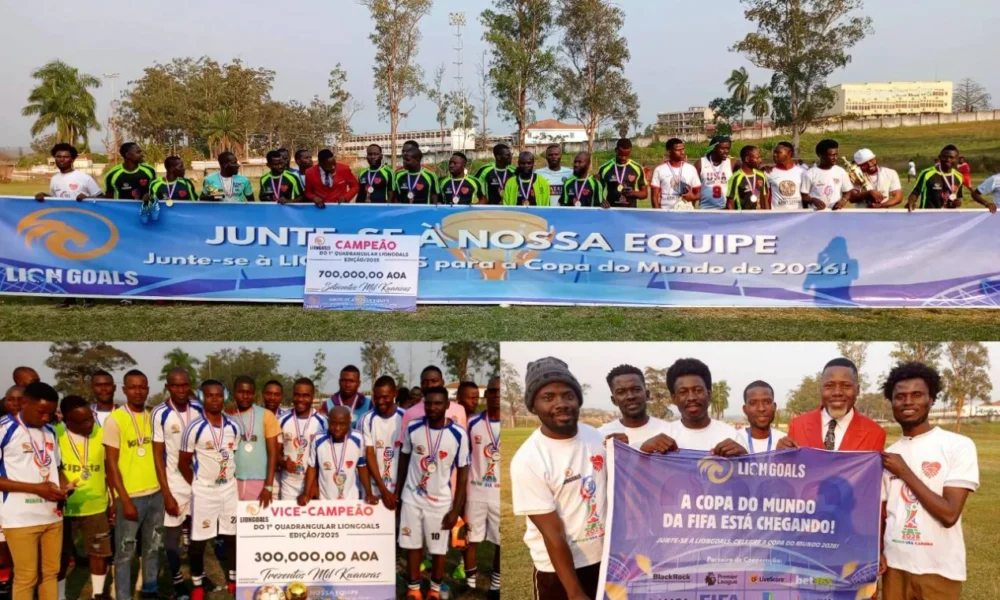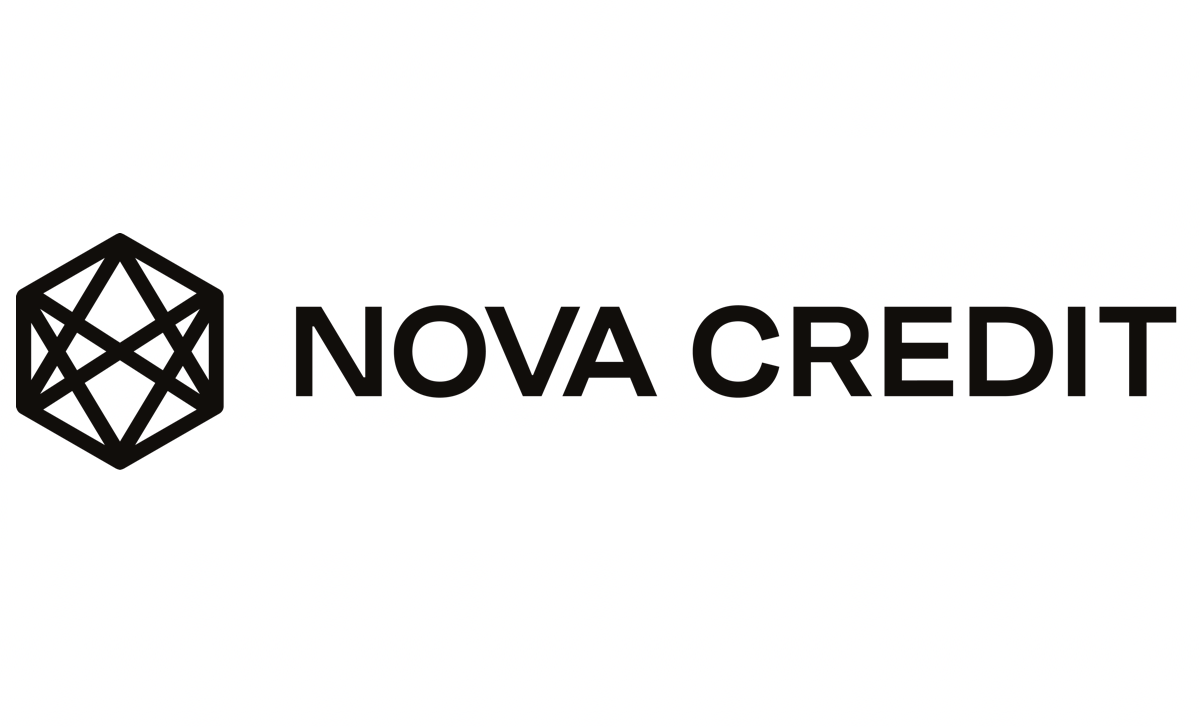The purpose of a business is not merely to make a profit but, more importantly, to make customers. It is only from the development of that connection – between a business and its clients – that profit and growth will spring.
The growing business realization of this core purpose and critical pursuit has spawned many initiatives termed “customer-centric,” “customer-first,” “customer-focused,” “customer-oriented” and are, unfortunately, thrown out like verbal ticks in business meetings. But the Queen mother of them all – “customer experience” – has developed into more of a strategic methodology and toolset than a limited initiative or project.
Bain & Company, a global consultancy firm, has done extensive and seminal research on customer experience (CX) and has been driving its practical development into a business strategy. A key example of a tool they created is their Net Promoter Score (NPS) which is a simple, commonly accepted cross-industry standard measure of customer loyalty and engagement that measures how likely a customer will recommend a company to a friend or relative. Bain research shows NPS company stars that execute well also disproportionately reward investors posting returns 3X those of the overall market.
To better understand where we are in the CX revolution and how it is being deployed for growth and competitive advantage, we were introduced to Stanford Swinton, EVP of Bain & Company and Founder of NPSx – a new digital venture focused on CX training, certification and technology. With 15 years of work in the customer experience field, we asked him questions to explain the development of the field and how CX has won such great acceptance that today’s buyers now expect a great experience – both pre and post-purchase. CX now is no longer just an engagement opportunity, but a business imperative.
Hortz: How do you define and characterize “customer experience” when you consult with cross-industry business leaders?
Swinton: Customer Experience (CX) encompasses all the needs or wants of a customer that a company serves and all the journeys and interactions that a customer has with that company in order to fulfill those needs. A customer’s level of loyalty and their behaviors are directly correlated to how they feel about that Customer Experience. A positive CX is one that enriches customers’ lives in some way. The best companies – the ones that really outperform in the marketplace relative to competition – meet the needs of their customers in a way that is clearly differentiated from competitors and prioritize meeting customer needs as their primary purpose.
Hortz: What do you hear initially from companies as to their perceptions of customer experience and what is the acid test you developed to quickly unpack where companies really are on CX?
Swinton: These days most boards and executive teams understand the critical importance of delivering excellent customer experience. However, most companies assume – because they say that the customer is a priority for them – that they are much more mature at CX than they really are.
We recently introduced a set of global CX best practice standards, the CX Advance framework. When we audit companies in CX using the framework for the first time, we generally find that most companies are at least 3-4 years behind their perceived maturity when it comes to internal capability to support CX and the experiences they deliver to customers, and it often surprises them to see where they have gaps.
While there are many dimensions to a world-class CX capability, there are also a number of potential acid tests to quickly assess whether a company is truly advanced on CX including asking, for example, how many hours each month the most senior executives spend with customers; whether there are common definitions and accountabilities for elements of the customer experience like journeys; whether the company can identify the needs, customer sentiment, and lifetime value drivers of each individual customer; and how frequently and transparently all employees are given a voice in the customer and employee experiences with clients are valued at the company.
Hortz: You and your firm were there at the start and have been leaders of the CX movement ever since. What do you feel was the spark that got customer experience to be recognized as a serious business strategy and engagement methodology?
Swinton: Much of our focus on CX started 20 years ago with the introduction of the Net Promoter Score (NPS) by Fred Reichheld in a 2003 Harvard Business Review article as a shorthand metric for enriching customer lives, customer advocacy, and latent customer value. Today, over two-thirds of the Fortune 1000 companies have adopted NPS practices, and we now have the longitudinal data to show that companies that have the best NPS scores outcompete in the marketplace over the long term.
Bain’s latest book on NPS “Winning on Purpose” was published in December 2022 and it includes results from NPS leading companies that were sighted in the previous book which popularized NPS in 2006 “The Ultimate Question 2.0”. The statistics demonstrate that these companies outperformed the market by close to 3x industry averages in the decade following the book’s publication from 2006 to 2016. It is in analyzing the follow through and reporting results that CX efforts were taken more seriously.
The rise of customer experience as a critical business discipline is still evolving. Most higher education business schools today do not have CX specializations or CX degree programs, and so most of the CX practitioners out there are self-taught “amateurs” trying to establish a new set of capabilities for their companies that change rapidly with new technology and best practices. That is why we introduced the first Bain-standard practitioner certification program – the Bain Certified CX practitioner program (CXX) – focused on developing the world’s best CX practitioners.
Hortz: Your NPS Loyalty Forum was built 16 years ago with your top clients to be an innovation platform for all things around CX. What are the biggest aspects of CX you all learned together and to what extent did those learnings from the Forum inform or guide the development of your new CX training and technology platform?
Swinton: Many of the innovations over the years from introducing Net Promoter Score to developing the Net Promoter System and Earned Growth programs were either developed with or tested in the NPS Loyalty Forum. We have had many great companies participate in or host the Forum over the years including companies like Apple, eBay, Google, Rackspace, and Southwest.
Today, the Forum continues to be a testing ground for cutting-edge CX frameworks like the CX Advance Framework and technology, including our Kinetics AI platform. Kinetics AI was a direct response to the fantastic innovations in AI modeling and the dissatisfaction our Forum members and broader set of clients were experiencing with existing CX technologies.
The current CX solutions ecosystem of companies and services has not adequately addressed many of the pain points CX practitioners are experiencing around standardizing customer definitions and taxonomies, linking customer sentiment to operations and financials, predicting customer sentiment and value, and empowering business owners to act on customer feedback more independently of an insights or data team with limited resources. This is why we introduced Kinetics AI as an integrated part of our broader CX product offerings and the central CX intelligence engine for companies looking to drive customer value, improve customer journeys, and manage individual customers.
Hortz: How did you go about building your customer experience training and certification program? How did you design the learning and certification curriculums?
Swinton: Customer Experience remains a nascent functional role within many organizations and the programs that were on the market to support building internal capability, training employees in CX and related topics, and engaging in a customer-centric culture were not delivering what companies were looking for. This is usually because these training programs were built by instructional designers, not experts, or were built by technology players who were primarily interested in training on CX tooling. Bain has had many years of experience in training organizations in CX, but the traditional way of rolling out training hand-to-hand was too expensive, hard to scale cost-effectively, and lacked the ongoing engagement and learning opportunities in a digital platform. That is why we built and set up the NPSx Training and Certification platform for CX, providing a combination of broad principles-based training and engagement programs for companies and deep expert practitioner training.
For each course we develop, we have identified the handful of senior-most experts on the topics in the field at Bain and externally to help outline the course and ensure a high standard of quality in the content, and in many cases contribute to the digital course instruction and media. Each course is the best in the market in terms of content and learnings as a result, and the fact that the courses all integrate as part of our broader CX Advance framework means that the courses build directly on top of one another as opposed to introducing competing frameworks from multiple providers, authors, or instructors.
Hortz: A key approach that your firm promotes is that businesses need to LOVE their customers. Can you explain that mindset and how do you actually put that into action in your business activities?
Swinton: We are the only firm out there actively saying that the winning business strategy is to love your customer. Loving your customer means making it your company’s purpose to enrich the lives of your customers. This sets a very high bar for companies committed to this purpose – it means measuring success the way a customer would, revising standards to not only meet but exceed customer expectations, and being trustworthy as an organization when it comes to your policies and pricing.
The Net Promoter Score is one way to measure success towards that purpose – your promoters, or those customers with high NPS scores, have had their lives enriched to the point where they tell friends and family how great your company is which is staking their own brand and reputation to yours.
But for a profit-centric company to stay focused on loving customers and enriching customer lives requires more than just a score – it requires a whole set of processes, tools, disciplines, and common practices that support the purpose of enriching customer lives. The CX Advance Framework and our accreditation program are meant to help companies with the playbook for building out those capabilities. Along with a board-level audit that can sit alongside the financial audit of the company as an independent assessment, these tools can tell us how well the company is living its purpose to enrich customer lives in order to build sustainable long-term value for the company.
Hortz: Can you share with us your best advice or recommendations on why and how firms can breakthrough to become CX Leaders?
Swinton: Our findings suggest that prioritizing the customer’s needs over short-term financial gains can lead to better financial performance in the long run. Companies that focus on building strong, long-term relationships with their customers outperform others over time. Leading through customer experience requires a company to focus on many areas, but there are several common areas to start:
Define your Customer Experience: Each company should have a single, common taxonomy that is widely understood that articulates who the customer is, what their needs or goals are that the company helps meet, the customer journeys and pathways required to meet those needs, the accountable leaders responsible for each need or journey, and measures of success from a customer and company perspective for each journey to track outcomes.
Simplify your Customer Journeys: Delivering amazing customer experience requires that journeys be simple, removing all possible complexity and reducing effort and inconvenience for the customer and barriers for the designers and caretakers of the customer experience. This includes ensuring channel-based experiences are fully integrated across a customer journey.
Decide how to ‘Wow’: Companies that truly enrich the customer are markedly better than any other company at something related to the customer experience – that can be functional elements of speed, convenience, or ease of use, social elements of creating connectivity or enhancing aesthetics, or aspirational elements of meeting broader societal, personal, or environmental goals. Whatever it is, for each need and journey, the company should be clear about what it stands for and how it will uniquely add value to the customer.
Deliver Digital Better: The migration to Digital CX was massively accelerated during COVID and Digital CX is now the dominant way for customers to engage with companies across industries. While digital has advantages for customers including convenience and accessibility, many companies do not do digital experience very well. Three areas to focus on are fixing personalization (which even Big Tech players do not do well), integration of the digital experience with other platforms that support customers to meet needs, and continuity to easy access to human customer support.
Automate through AI: AI provides a lot of opportunities to support companies to enhance products, deliver better experiences, and enrich customer lives. However, AI also has the potential to disrupt industry value chains and in some cases disintermediate the customer relationship with brands. Considering these upsides and potential downside risks of AI, every company that cares about CX should be building and executing its game plan of defensive and offensive strategies to apply AI across the customer lifecycle.
The Institute for Innovation Development is an educational and business development catalyst for growth-oriented financial advisors and financial services firms determined to lead their businesses in an operating environment of accelerating business and cultural change. We operate as a business innovation platform and educational resource with FinTech and financial services firm members to openly share their unique perspectives and activities. The goal is to build awareness and stimulate open thought leadership discussions on new or evolving industry approaches and thinking to facilitate next-generation growth, differentiation, and unique community engagement strategies. The institute was launched with the support and foresight of our founding sponsors — Ultimus Fund Solutions, NASDAQ, FLX Networks, TIFIN, Advisorpedia, Pershing, Fidelity, Voya Financial, and Charter Financial Publishing (publisher of Financial Advisor and Private Wealth magazines).
The views and opinions expressed herein are the views and opinions of the author and do not necessarily reflect those of Nasdaq, Inc.





